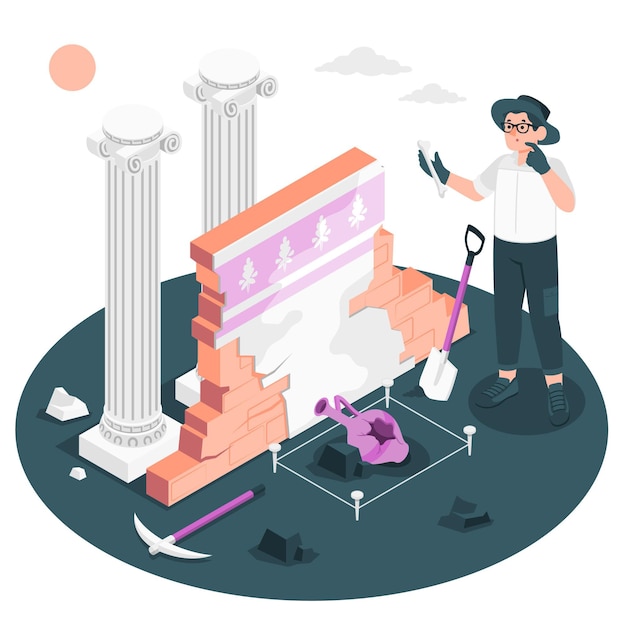Interesting Facts about the Parthenon

The Parthenon is a symbol of ancient Greek culture and civilization.
The construction of the Parthenon began in 447 BC and took approximately 9 years to complete.
The Parthenon is dedicated to the goddess Athena, the patron deity of Athens.
It is considered one of the greatest architectural achievements of the ancient world.
The Parthenon was built using over 20,000 tons of marble from Mount Pentelicus.
The temple was designed by the famous Greek architects Ictinus and Callicrates.
The Parthenon’s dimensions are 69.5 meters long, 30.9 meters wide, and 13.4 meters high.
The decorative sculptures of the Parthenon were known as the Elgin Marbles.
Originally, the Parthenon had 92 metopes, but only 32 survive today.
The Parthenon’s pediments depicted scenes from Greek mythology.
The Parthenon became a Christian church in the 6th century AD.
The Ottoman Turks later converted the Parthenon into a mosque.
The Parthenon was severely damaged during the 1687 explosion by Venetian forces during the Great Turkish War.
Many of the Parthenon’s original sculptures are now housed in the British Museum in London.
The lighting of the Parthenon was carefully considered to enhance its architectural features.
The Parthenon’s columns are of the Doric order, known for their simplicity and strength.
The Parthenon’s frieze depicted the Panathenaic procession, the most important religious festival in ancient Athens.
Interesting Facts about the Parthenon part 2
The iconic image of the Parthenon can be found on the Greek euro coin.
The Parthenon is a UNESCO World Heritage site, recognized for its cultural significance.
The Parthenon was constructed using a technique called entasis, which created the optical illusion of straight columns.
The restoration of the Parthenon’s sculptures is an ongoing effort.
The Parthenon’s architectural style has influenced buildings around the world, including the United States Capitol in Washington, D.C.
The Parthenon’s location on the Acropolis offers stunning views of Athens.
The Parthenon was constructed to be visible from all parts of the city as a symbol of Athenian power.
The Parthenon was used as a treasury for the Delian League, an alliance of Greek city-states.
The Parthenon’s columns taper slightly towards the top to counteract the optical illusion that they are concave.
The main purpose of the Parthenon was to house the massive gold and ivory statue of Athena Parthenos.
The Parthenon’s construction was overseen by the Athenian statesman Pericles.
The Parthenon was built on the site of an earlier temple that was destroyed by the Persians.
The Parthenon has withstood multiple earthquakes over the centuries.
The Parthenon’s facade consists of eight Doric columns at the front and back and seventeen on each side.
The Parthenon’s construction followed a strict mathematical system to ensure balance and harmony.
The sculptures and friezes of the Parthenon were originally painted in vibrant colors.
The Parthenon’s famous caryatids, female statues serving as architectural supports, can be found in the nearby Erechtheion.
The Parthenon has been depicted in numerous works of art, literature, and film.
The construction of the Parthenon required a workforce of thousands, including skilled stone masons and sculptors.
The Parthenon was a center of religious and cultural activities in ancient Athens.
The Parthenon’s roof was made of large marble slabs, some weighing up to 10 tons.
The Parthenon’s interior was decorated with lavish paintings and sculptures.
The Parthenon’s symmetry and proportions are considered a testament to the ancient Greeks’ understanding of geometry.
The Parthenon’s original name was the Hecatompedon, meaning hundred-footer in Greek.
The Parthenon’s sculptures were created by renowned Greek sculptor Phidias.
The Parthenon was damaged by a major explosion in 480 BC during the Greco-Persian Wars.
The Parthenon’s construction employed innovative techniques to reduce the weight of the roof and enhance stability.
The Parthenon is a symbol of democratic ideals and cultural heritage for the people of Greece and the world.